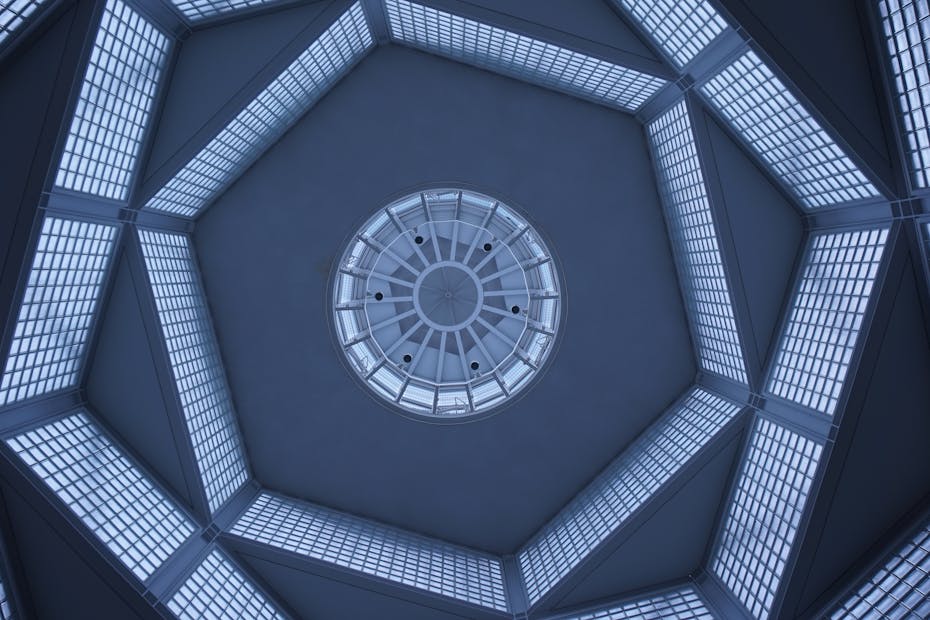Introduction
Ceiling height is a fundamental architectural element that significantly influences how people perceive and experience a space. Beyond structural or aesthetic considerations, the vertical dimension of a room carries emotional and psychological weight. Throughout history, architects and rulers alike have manipulated ceiling heights to evoke feelings ranging from oppression and control to awe and spiritual transcendence. This article explores the historical and psychological implications of ceiling height, examining how this design feature continues to shape human experience in contemporary architecture.
Historical Perspectives on Ceiling Height
In many historical contexts, ceiling height was a deliberate tool used to express social hierarchy and power. For example, in medieval and Renaissance Europe, castles and palaces often featured grand halls with soaring ceilings designed to impress visitors and convey the authority of the ruling class. The vertical scale symbolized grandeur and the divine right of kings, creating an environment where power was physically manifested through architecture.
Conversely, in oppressive regimes or institutional buildings such as prisons or bureaucratic offices, low ceilings were intentionally employed to create feelings of confinement, submission, and control. The compressed vertical space often led to a subconscious sense of unease or claustrophobia, reinforcing the dominance of authority over occupants. This duality of ceiling height as both an instrument of empowerment and oppression illustrates its psychological potency.
The Psychological Impact of Vertical Space
Architectural psychology studies reveal that ceiling height can profoundly affect mood, cognition, and behavior. High ceilings tend to inspire feelings of freedom, creativity, and openness. Spaces with greater vertical volume encourage expansive thinking and a sense of possibility. For example, art galleries and places of worship often utilize tall ceilings to foster contemplation and spiritual connection.
In contrast, low ceilings can evoke intimacy and coziness but may also trigger anxiety or restrictiveness if perceived as too confining. Designers often balance ceiling height with other elements such as lighting, color, and furnishings to create the desired emotional effect. Understanding these psychological dynamics allows architects to design environments that support specific user experiences and functional needs.

Ceiling Height in Religious and Sacred Architecture
Religious buildings offer some of the most dramatic examples of how ceiling height shapes human emotion. Gothic cathedrals with their towering vaults and spires direct the gaze upward, symbolizing a connection to the heavens. The verticality conveys transcendence, inviting worshippers to experience awe and spiritual elevation.
Similarly, many sacred spaces across different cultures incorporate high ceilings as a metaphor for the divine. The sense of scale and light interplay with architectural form to cultivate a profound atmosphere of reverence and contemplation. This tradition continues to influence modern religious and memorial architecture, where vertical space is key to evoking emotional resonance.
Contemporary Applications and Design Strategies
Today, architects utilize ceiling height creatively to respond to programmatic and cultural requirements. In residential design, vaulted or double-height ceilings in living areas provide a sense of luxury and openness, enhancing natural light and ventilation. Conversely, lower ceilings may be used in private or utilitarian spaces to foster comfort and efficiency.
In commercial and institutional architecture, ceiling height helps define spatial hierarchy and user experience. For instance, open-plan offices may feature varied ceiling heights to delineate zones for collaboration versus focused work. Museums and theaters often exploit verticality to enhance acoustics and visitor engagement.
Technological advances in structural engineering and materials now allow for innovative ceiling designs that challenge traditional norms. Movable ceilings, layered heights, and integration with lighting systems provide architects with flexible tools to tailor emotional impact.
Balancing Ceiling Height with Sustainability and Cost
While high ceilings offer aesthetic and psychological benefits, they also come with increased construction and energy costs. Taller spaces require more materials, structural support, and heating or cooling, which can impact sustainability goals. Contemporary design often involves a careful balance between the desired emotional effect and practical constraints.
Energy-efficient HVAC systems, innovative insulation, and smart building technologies help mitigate some challenges of high ceilings. Additionally, creative design solutions, such as partial double-height spaces or mezzanines, allow architects to maximize the sense of verticality without excessive resource use.

Conclusion
Ceiling height remains a powerful architectural tool that shapes not only the physical environment but also the emotional and social experience of space. From the grandeur of historic palaces and cathedrals to the intimacy of modern homes and offices, vertical space communicates messages of power, freedom, control, and inspiration. By understanding the psychological and historical context of ceiling heights, architects can craft environments that resonate deeply with users, enhancing wellbeing and meaning. In a world increasingly focused on human-centered design, the thoughtful manipulation of ceiling height continues to be a vital aspect of architectural storytelling.

Pingback: Architecture in Reverse: What Happens When Buildings Age Backwards?
Comments are closed.